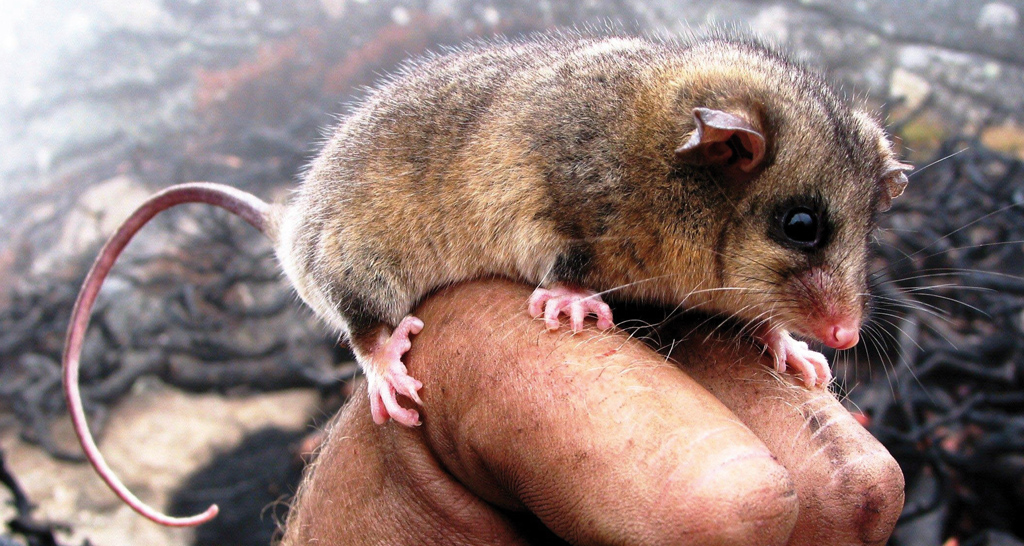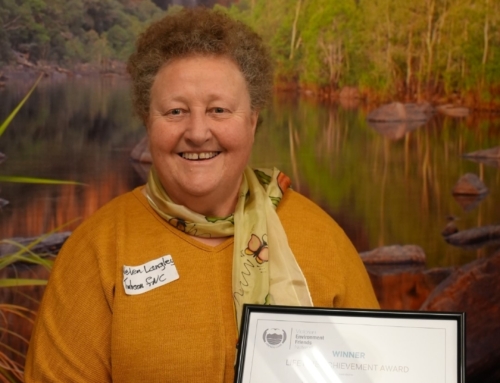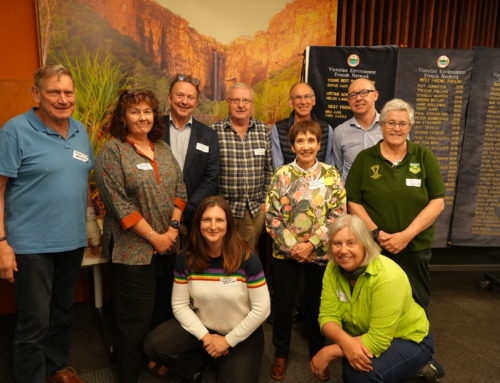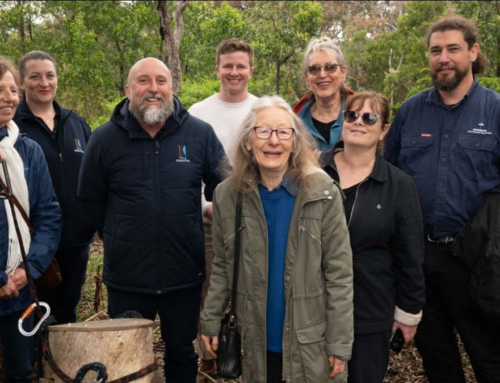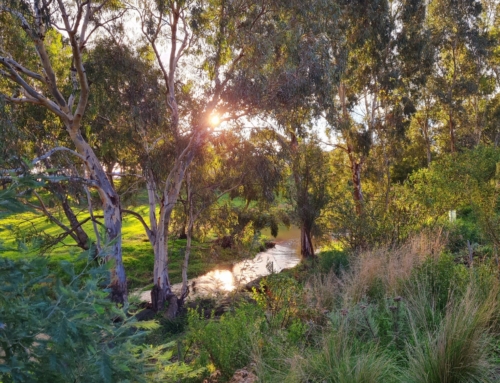If you take to the slopes this winter, spare a thought for the tiny furry Victorians sleeping in crevices in the rock scree and boulder fields around Mt Buller, Mt Bogong, the Bogong High Plains and Mt Higginbotham. These critically endangered marsupials are thought to have dwindled to only 1000 or so individuals in Victoria, with the Mt Buller population dropping from 300 in 1996 to about 30 ten years ago due to ski field development.
Remarkably, although the Mountain pygmy possum was discovered as a Pleistocene fossil in the Wombeyan Caves in 1894, it was only in 1966 that a living individual was found- in the University Ski Club lodge at Mt Hotham! A truly hardy sort, it depends on winter snow, living above the snowline throughout south-eastern Australia in the last Pleistocene glacial period (20,000 years ago) and declining as the snowline receded over the next few thousand years to three populations (two in Victoria and Mt Kosciusko in NSW). It is the only marsupial known to hibernate and will be doing so in Victoria between April to September, rousing occasionally to feed.
Breeding is seasonal and up to four young are born in the last week of October/first week of November, carried in the pouch for a month then deposited in a nest. Adult females live higher up in areas rich in food and shelter. Cue the Bogong Moth!
Although Canberrans (and Melbournians or Sydneysiders) might find this night flying moth irritating when it gathers in massive numbers in Spring, they are on their way to the Bogong High Plains, a vital food source for those stirring pygmy possums.
The Bogong Moth also has a remarkable story. Moths breed in the Darling Downs of Queensland and the dry inland regions of New South Wales and Victoria. Caterpillars, known as cutworms because they chew through plant stems at their base, feed on a variety of plants including crops. The emergent moths sip nectar, building up fat reserves, and head to alpine areas, arriving around November as high-fat, high-protein food. There are fears that arsenic build up in caterpillars eating crops treated with pesticides might harm the animals feeding on the moths – another example of the reach of human activities beyond their origin.
In addition to the Bogong moths, pygmy possums eat other invertebrates, fruit and seeds. It is the only marsupial known to store caches of non-perishable food such as seeds. But it is the Bogong Moths that are crucial to their building sufficient fat reserves to survive the winter.
Conservation actions for the species include: construction of boulderfield corridors and tunnels to link fragmented habitat areas (visit the ‘Tunnel of Love’ at the Mt Hotham Ski Resort); pest animal control programs for foxes, cats, rabbits, deer and wild dogs; improvement of existing habitat and creation of boulderfields for additional habitat; restriction on use of over-snow vehicles and other potentially harmful activities; and ongoing monitoring.
A breeding population of 45 Mountain pygmy possums was established at Healesville Sanctuary in 2007 as part of the Recovery Plan for the species. 60 young were successfully bred across the 2008-09, 2009-10 and 2010-11 seasons. This program will help maintain an insurance population in captivity, and supplement wild populations through reintroduction as deemed appropriate.

